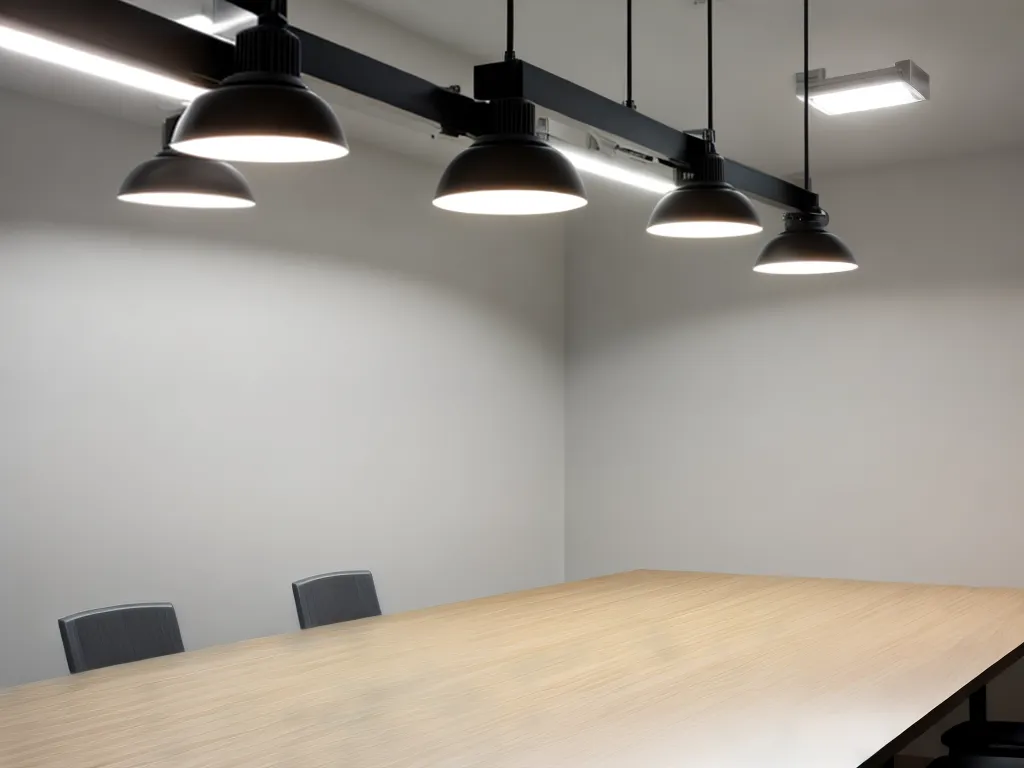
Reducing Your Business's Energy Costs With Underrated Lighting Options
Introduction
As a business owner, I'm always looking for ways to reduce overhead costs and maximize profits. One area that often gets overlooked is lighting. While most businesses focus on big ticket energy savings like HVAC systems, upgrading to more efficient lighting can also yield significant energy and cost savings with a much faster payback period. In this article, I'll discuss some underrated lighting options perfect for any commercial space looking to reduce energy costs.
LED Lighting
LED lighting has gotten a lot of press over the years, but many businesses still don't realize the full potential of this technology. LEDs use at least 75% less energy than traditional incandescent bulbs and last 25 times longer. This translates to dramatic reductions in energy costs over time.
Here are some key benefits of LEDs:
-
Long lifespan - LEDs can last up to 100,000 hours compared to just 1,000 hours for incandescent bulbs. This significantly reduces replacement and maintenance costs.
-
Flexible - LEDs come in a wide variety of shapes, sizes and colors to fit any application.
-
Durable - LEDs contain no filaments or glass components making them much more resistant to vibrations and external damage.
-
Directional - LEDs emit light in a specific direction allowing for more precise distribution of light. This results in less wasted light and energy.
-
Cool operation - LEDs produce very little heat radiation helping reduce HVAC costs.
While the upfront cost of LEDs is higher, the energy savings and reduced maintenance make for a rapid return on investment. In most cases, the upgrade pays for itself within 2 years.
Controls and Sensors
Another way to maximize LED efficiency is by incorporating lighting controls and sensors. Here are some options I've used successfully:
Occupancy Sensors
These automatically turn lights on and off based on detecting motion in the space. Occupancy sensors prevent lights from being left on in unoccupied areas.
Daylight Harvesting
Photosensors monitor natural light levels and automatically adjust artificial lighting up or down to maintain desired brightness. This prevents wasting energy on unnecessary electric light.
Dimming
LEDs work very well with dimming controls that further optimize lighting levels. Dimming by just 10% can reduce energy usage by as much as 20% while maintaining sufficient lighting.
Centralized Lighting Controls
These advanced systems allow for centralized programming and monitoring of all lighting in a building. Preset lighting scenes for different tasks or times of day can be activated remotely. This allows for granular optimization of energy usage.
Alternative Light Sources
LEDs may be the most popular lighting upgrade right now, but other options also exist:
Tubular Daylighting Devices - These tubes piping in natural sunlight from roof to ceiling, reducing the need for artificial light. Best for warehouses, retail stores and schools.
Radiant Heating and Cooling - Hydronic radiant systems that heat/cool surfaces in a space rather than the air. This allows for lower ambient air temperature setpoints.
Task Lighting - Directing high efficiency light directly to work areas rather than lighting an entire space. Great for offices.
Skylights - Strategically placed skylights that eliminate daytime lighting needs in interior spaces. Useful in many commercial settings.
The Bottom Line
Upgrading commercial lighting does not need to be an expensive or complicated process. The options discussed here like LEDs and lighting controls can dramatically reduce energy usage while providing superior lighting for employees and customers. With rapid returns on investment, there's no reason not to evaluate and modernize the lighting systems in your business. Small tweaks can generate big energy savings.